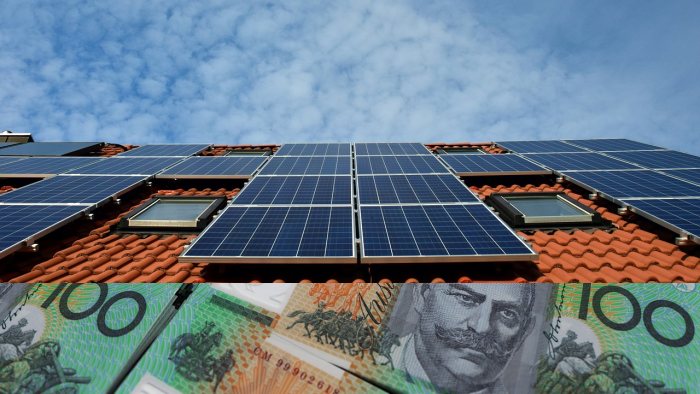The Independent Pricing and Regulatory Tribunal’s new benchmark range for solar feed in tariffs in New South Wales for 2018/19 is lower, and a time-varying option has also been introduced.
Back in March, IPART signaled its guidance for solar feed in tariffs would be lower for 2018/19 – and it has followed through. IPART released its Final Report on Monday.
“All Day” Feed-In Tariff Rate
The all-day solar feed-in tariff benchmark range in New South Wales for 2018-19 has been set to 6.9 to 8.4 c/kWh..
The really important thing to note about this is it’s a guide. While the benchmark range for 2017/18 was 11.9 to 15.0 cents, some NSW electricity retailers offered more – and the same may happen again as retailers compete for business from New South Wales’ 400,000+ households with solar power systems.
For solar owners, it may mean a bit of shopping around to get the best deal – and be sure to watch for devil in the detail of any offer.
The new NSW feed in tariff rate provides more incentive for self-consumption and it will become increasingly important for solar buyers to purchase a system and installation optimised for their particular circumstances in order to get the best bang for their solar bucks.
Time Dependent Feed-In Tariff Rates
Another option for electricity retailers starting this financial year is a time-dependent feed in tariff, the benchmarks for which are:
- 6.5 to 7.9 c/kWh between the hours of 6 am and 3 pm
- 7.4 to 9.1 c/kWh between 3 pm and 4 pm
- 11.2 to 13.7 c/kWh between 4 pm and 5 pm
- 14.1 to 17.2 c/kWh between 5 pm and 6 pm
- 10.7 to 13 c/kWh between 6 pm and 7 pm
- 7.8 to 9.5 c/kWh between 7 pm and 8 pm
The 6 am – 3 pm rate is when 86.2% of solar exports occur. The top rate guidance of 14.1 to 17.2 c/kWh is when 1.5% of exports occur according to IPART (and at this time of the year, it would be much closer to 0%).
Another state to recently introduce time-varying feed in tariff rates is Victoria.
While IPART received many submissions in the leadup to its final decision stating that feed-in tariffs should be higher, it did not agree with those views. It says this would have meant higher costs to retailers, which they would then need to recover from all customers, or retailers shutting out solar owners and subsequently reducing competition for these customers.
The final report can be viewed in full here.
“Daylight Robbery” : Solar Citizens
Solar Citizens was less than impressed with IPART’s decision.
“The buck stops with the NSW Government, they should use their power to intervene and set a fair price for solar that takes into account the wholesale price of power as well as the social and environmental benefits of rooftop solar,” said Shani Tager, Senior Campaigner at Solar Citizens. “Solar owners have been doing the heavy lifting, keeping the lights on in NSW during heatwaves and cutting power prices for everybody, it’s time that the many benefits of rooftop solar are recognised.”
Solar Citizens says solar households in New South Wales provided a cost saving of at least $2.2 billion to the New South Wales wholesale electricity market between May 2016 and April 2017.


 RSS - Posts
RSS - Posts



The solar feed in tariff is cut but you can bet that it will be recommending a RISE in charges